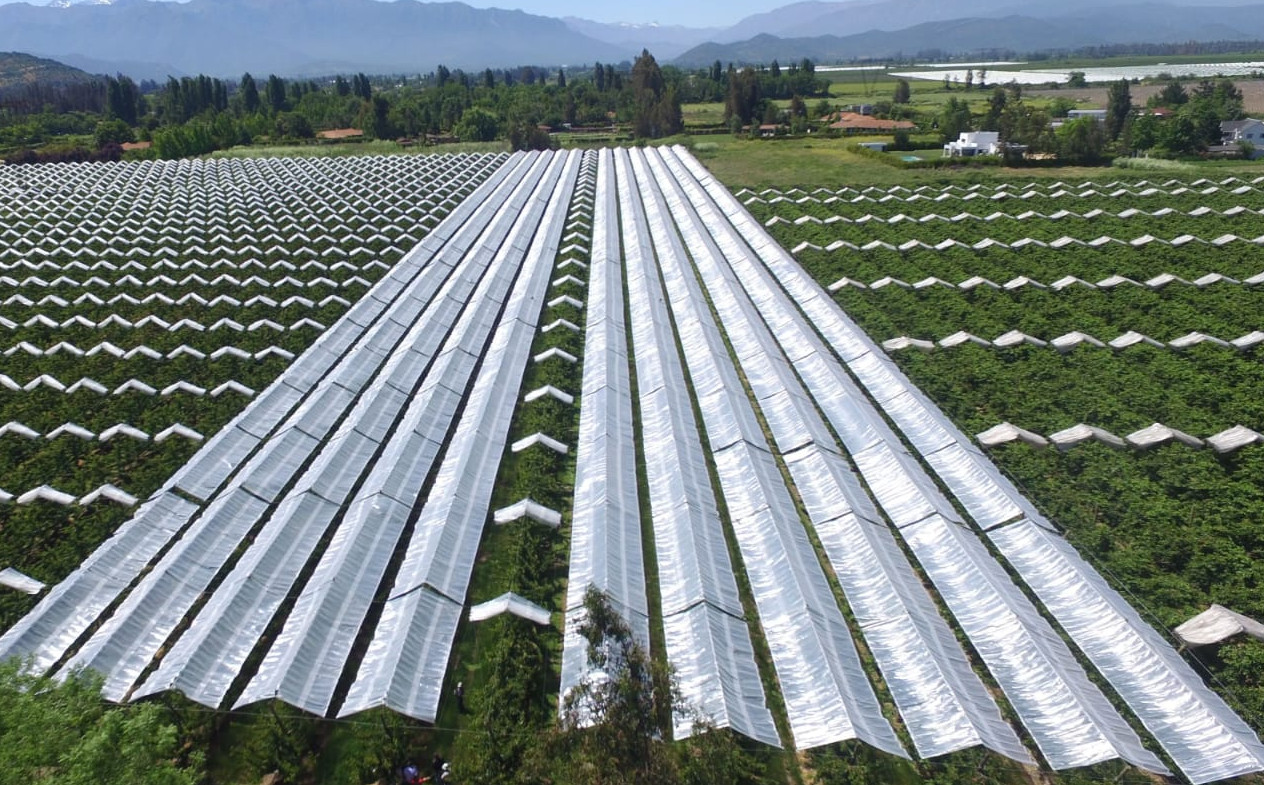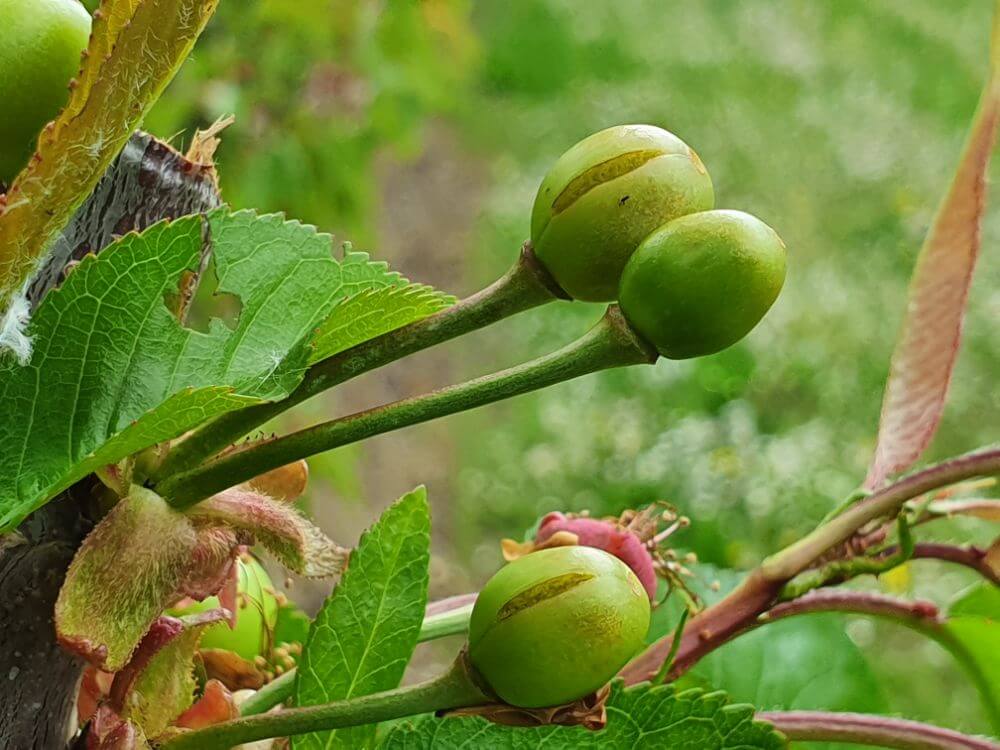The cherry season has kicked off in Australia. Cherry Growers Australia, an association that gathers Australian producers from all six cherry-growing areas of the country, organized a webinar to discuss the season, as Queensland, New South Wales, and Australia in October, and soon after, Victoria, prepare to harvest.
Cherry season under a good star
“And it’s really good news,” said Jessica Fearnley of the New South Wales Department of Primary Industries, “to see that we’ve had excellent pollination conditions across Australia. At the start of the season, regions like New South Wales and Victoria are experiencing truly beautiful and clear days. Many of our very early varieties seem to be once again ahead of what we expected. This year, we can prepare for a really good export year.”
Fearnley also pointed out that there have been some really cold nights in some production areas: “The good news,” she continued, “is that we currently have no reports of frost damage anywhere in Australia. Of course, monitoring must continue to see if there has been any damage and, if so, whether it might affect fruit set.”
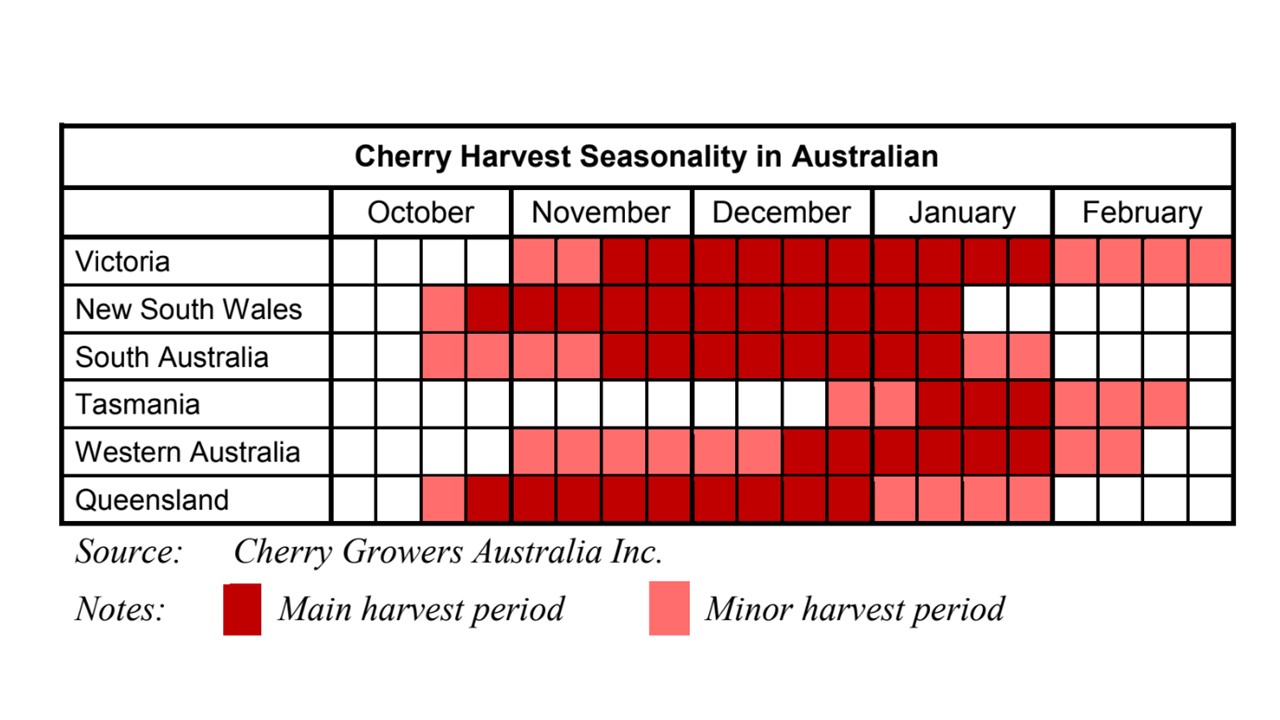 Image 1: 1. Cherry harvest seasonality in Australia. Source: Cherry Growers Australia Inc. & USDA.
Image 1: 1. Cherry harvest seasonality in Australia. Source: Cherry Growers Australia Inc. & USDA.
That the 2024/25 season is off to a great start was recently confirmed in a report by the USDA. According to the U.S. Department of Agriculture, Australian cherry production is expected to rise by 17% compared to the average of the past five years, reaching about 20,000 tons. On the other hand, between 2020/21 and 2022/23, due to adverse weather conditions, production continuously declined.
Threats: keeping an eye on thrips
During the CGA event, Adam Upton, an agronomy consultant from Upton Agronomy, spoke about the conditions under which Australian cherry growers are operating and the possible threats they face at the start of the 2024/2025 season.
“I think everyone noticed the large number of windy days we've had. So,” he said, “during the flowering period, it's clear that thrips are getting into the flowers. They naturally need to be controlled throughout the flowering period.”
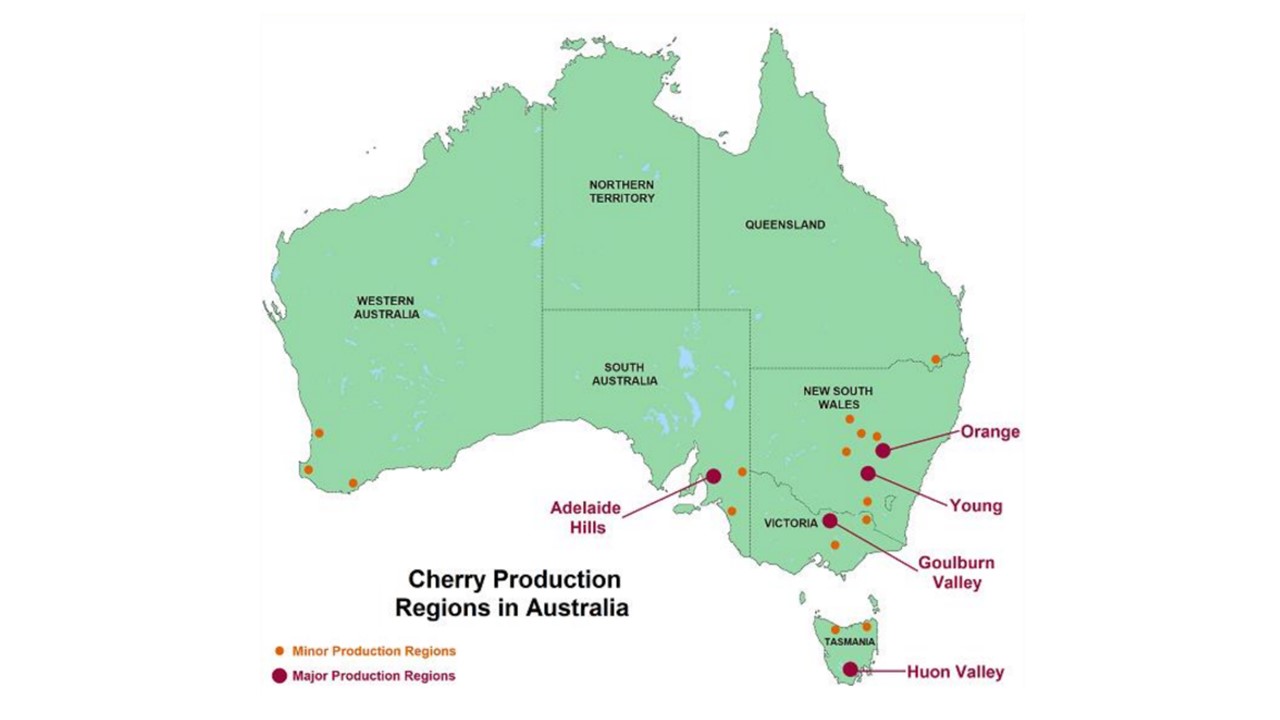 Image 2: Cherry production regions in Australia. Source: Cherry Growers Australia Inc. & USDA.
Image 2: Cherry production regions in Australia. Source: Cherry Growers Australia Inc. & USDA.
Upton also highlighted the frost issue: “There have been some severe frost episodes in the eastern part of Victoria. Temperatures have also been cold in the areas between Orange and Young in New South Wales. We still don’t know how significant the damage is, but we will find out in the coming weeks. Obviously, if there is damage, the quantity of cherries available for the market will be affected.”
At Asian Fruit Logistica to boost exports
According to the latest official data from Hort Innovation, a partially publicly funded nonprofit research company, Australia produces around 15,000 tons of cherries annually, of which just under 3,000 tons are exported (final data for 2022/23).
During the last campaign, Australian cherries were promoted in key markets like Vietnam and China with launch events, e-commerce initiatives, and trade fair presence to increase visibility. During the 2023/24 season, there was a 43% increase in exports compared to the previous season.
The main destinations for Australian cherries are Hong Kong and Vietnam. China in particular, according to Hort Innovation, saw a 143% growth, year on year. The presence at the FHC trade show in Shanghai, which generated over 100 business contacts, contributed to the result.
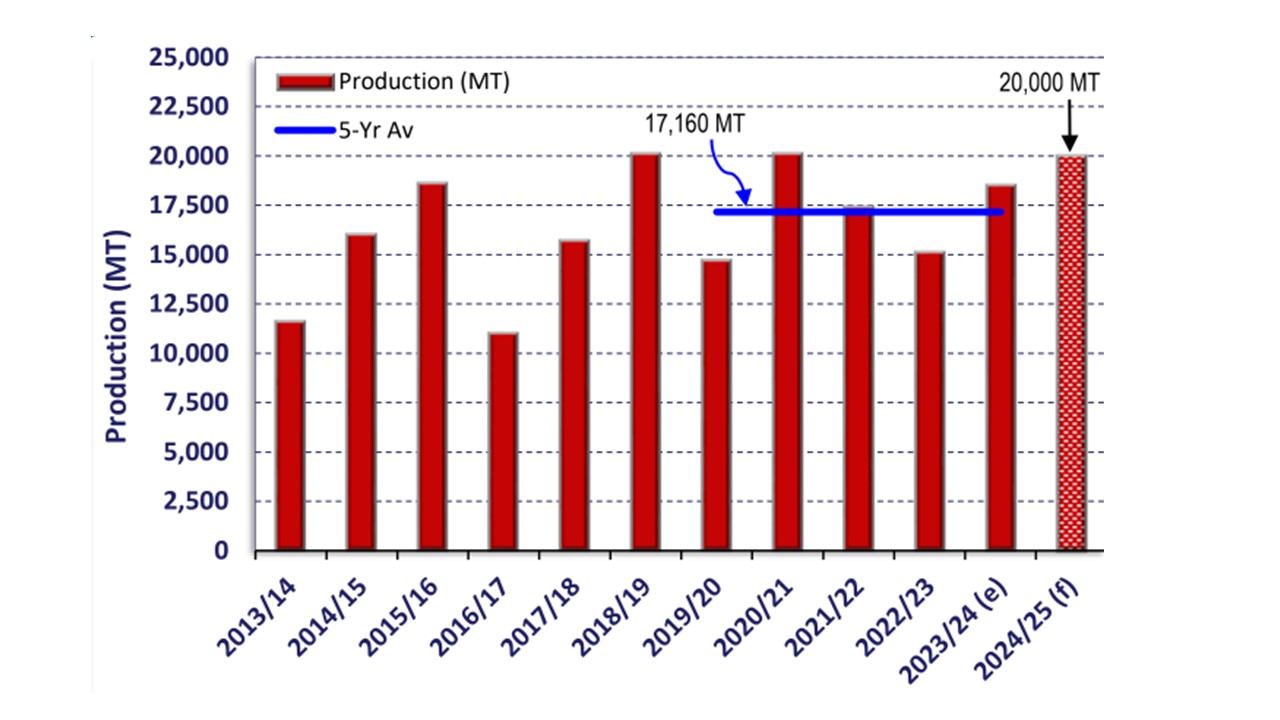 Image 3: Australian cherry production. Source: PSD online and FAS/Canberra estimates and forecasts & USDA.
Image 3: Australian cherry production. Source: PSD online and FAS/Canberra estimates and forecasts & USDA.
During the launch event of the new season, Chris Lethbridge, a Chinese market expert and Trade Development Coordinator for CGA, shared his experience at the recent Asian Fruit Logistica in Hong Kong: “Cherry Growers Australia had a booth hosted in the Innovation Australia pavilion.”
“There was a constant flow of interest, especially on the first day. Slowly the number of people at the booth decreased, but it’s important to note that many had specifically come to talk with Australian cherry growers.”
My Climate View, a specific weather tool for farmers
A new feature introduced by CGA is a freely accessible tool that gathers an impressive amount of data on the weather trends in Australia’s production areas. The tool, My Climate View, was explained by Sarah Clarry, an agricultural scientist who worked on the tool as part of the government’s ‘Climate Services for Agriculture’ program.
The uniqueness of My Climate View is that it provides trends on key weather patterns, analyzing past statistical data and projecting it into the future. The forecasts and trends are extremely localized, down to specific geographical coordinates, and are tailored to individual crops.
Cherry farming is, of course, analyzed only in areas where the crop is grown. The tool looks at rainfall and temperatures, as well as evapotranspiration, soil moisture, and solar radiation. The projections are based on different future greenhouse gas emission scenarios.
Barbara Righini
Cherry Times - All rights reserved







